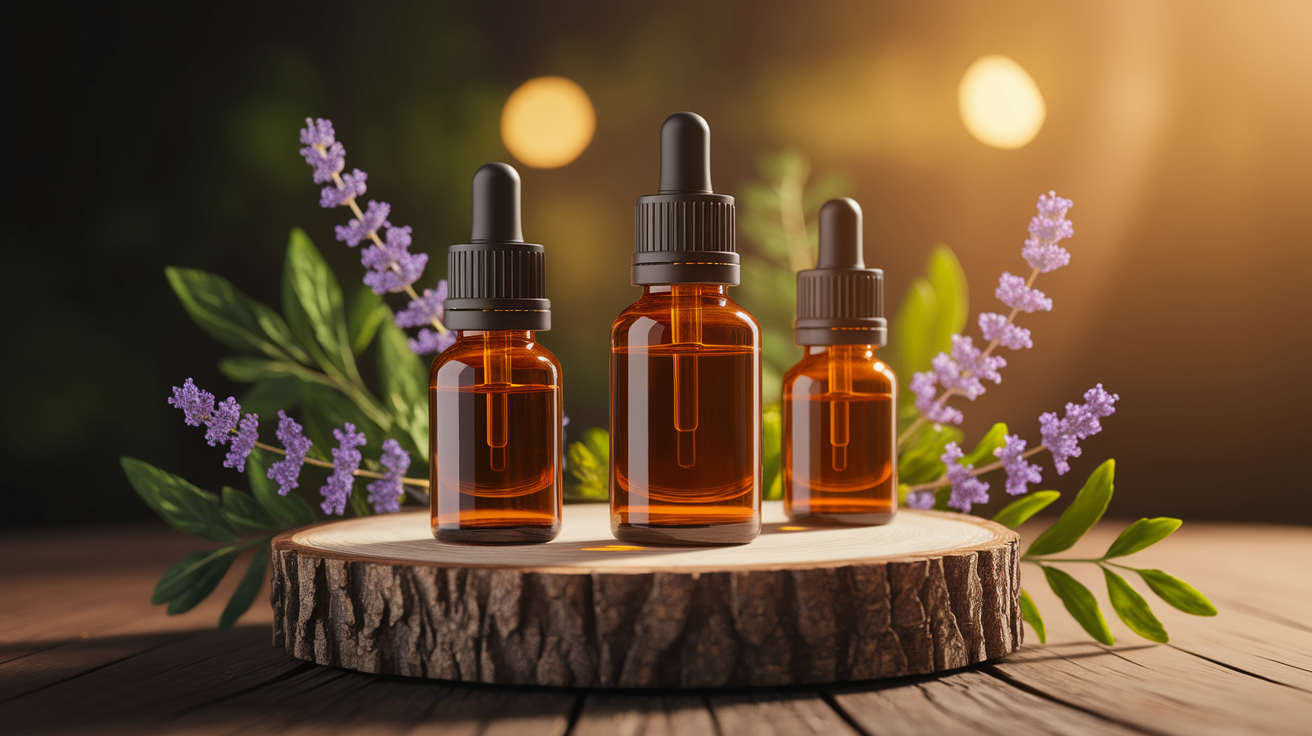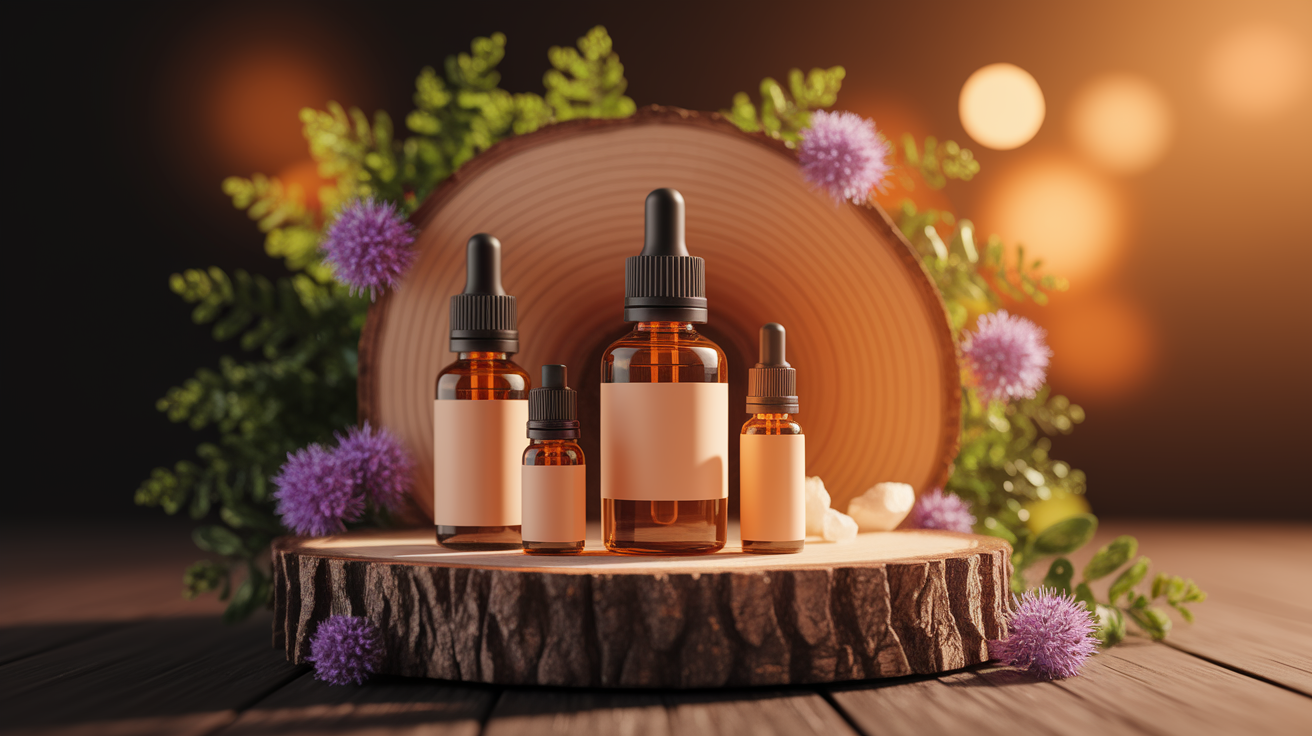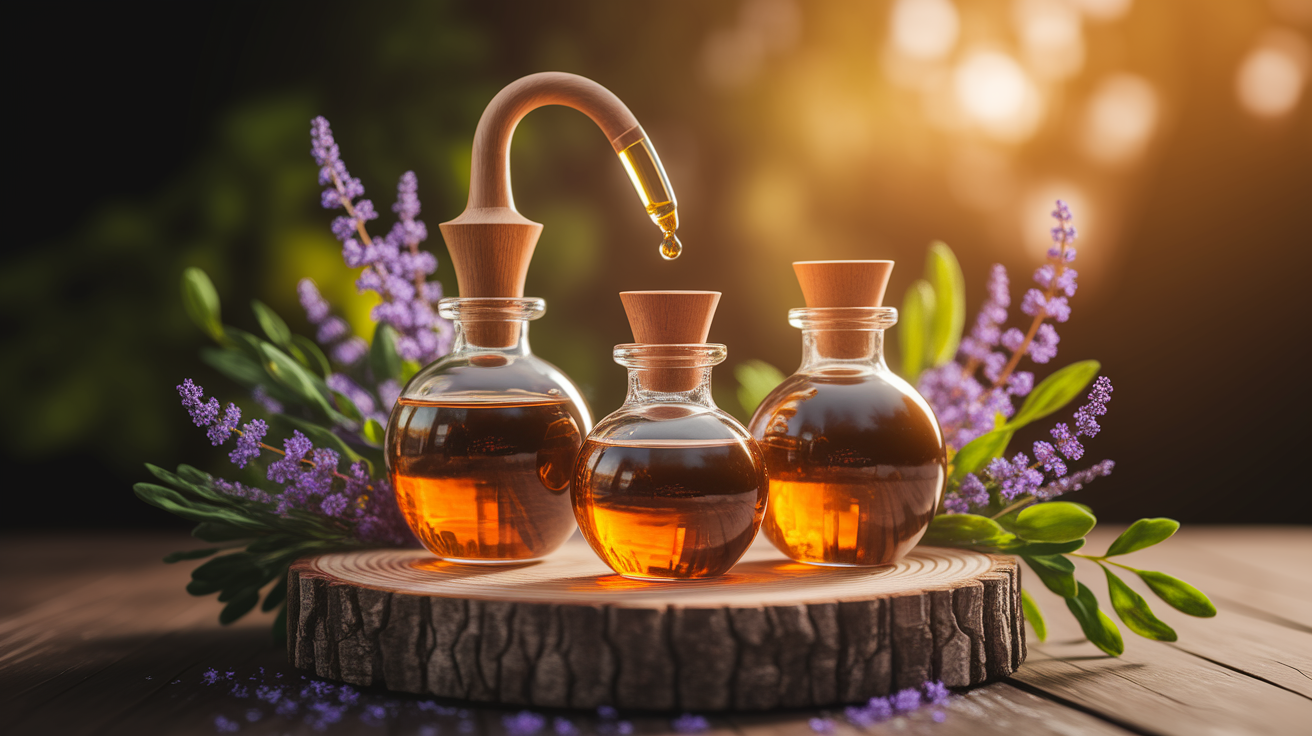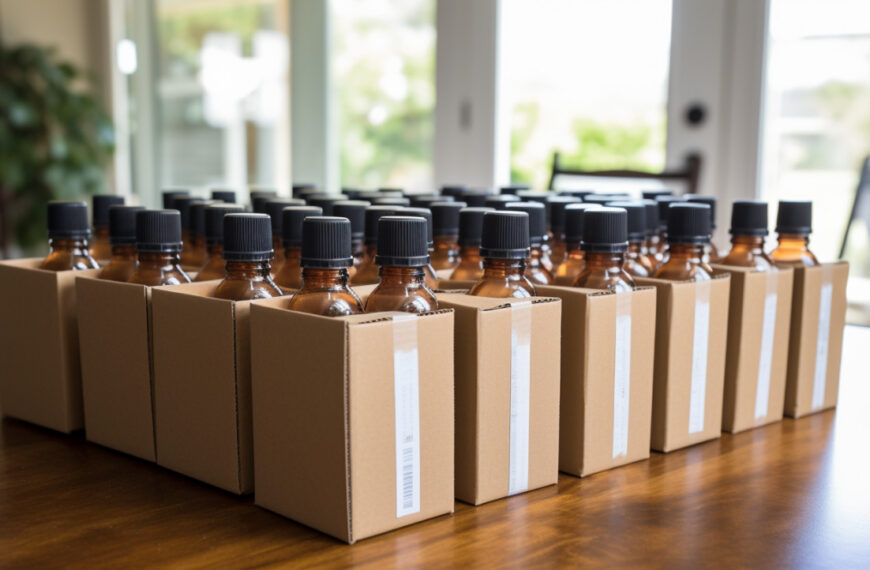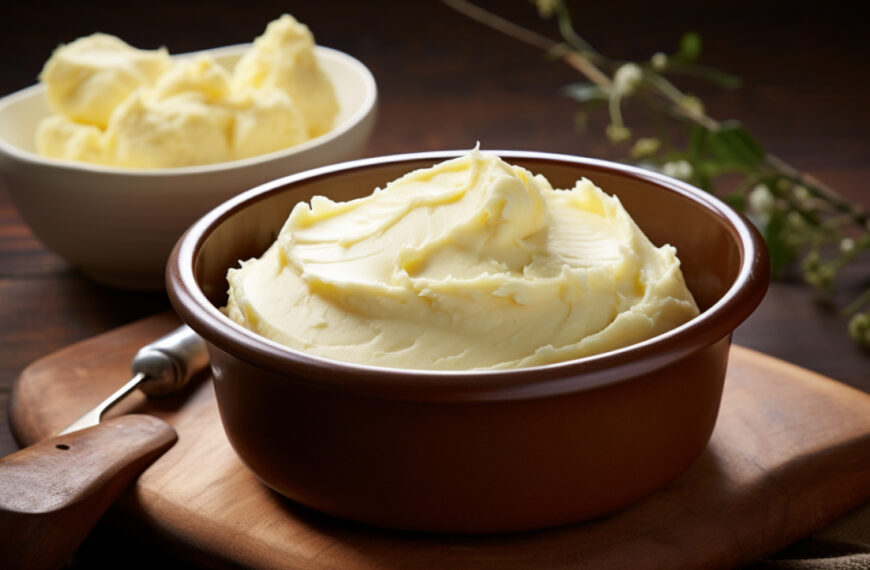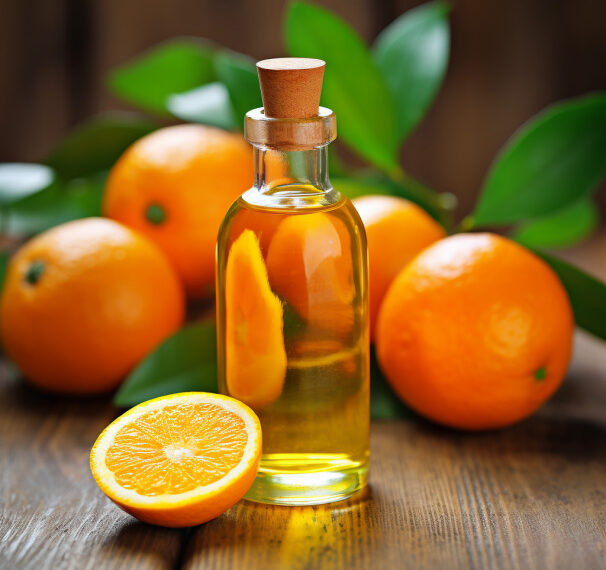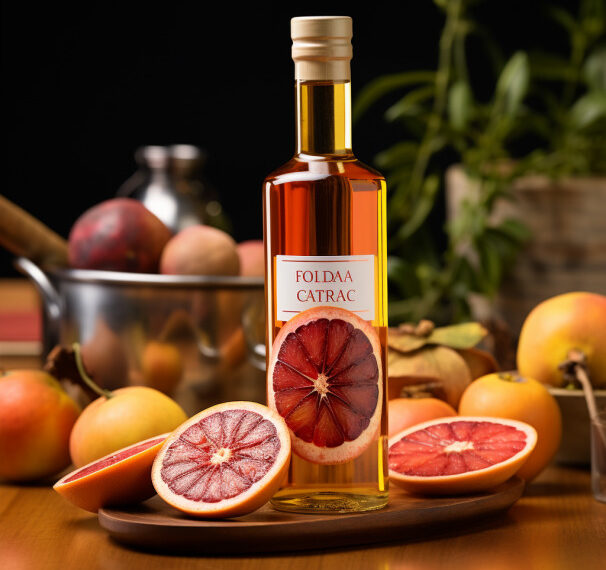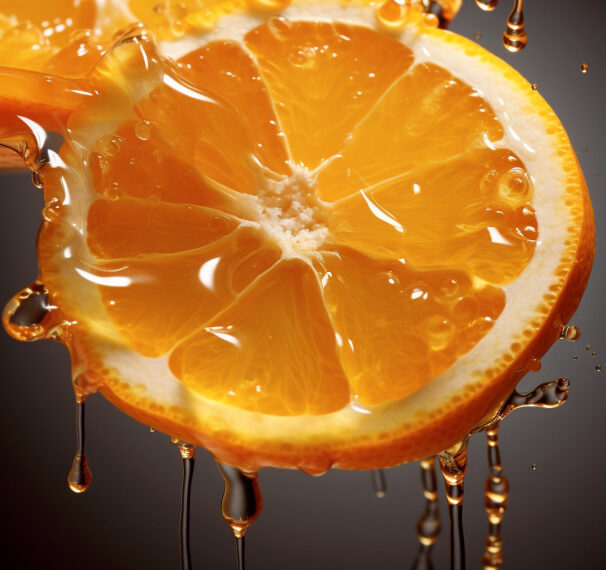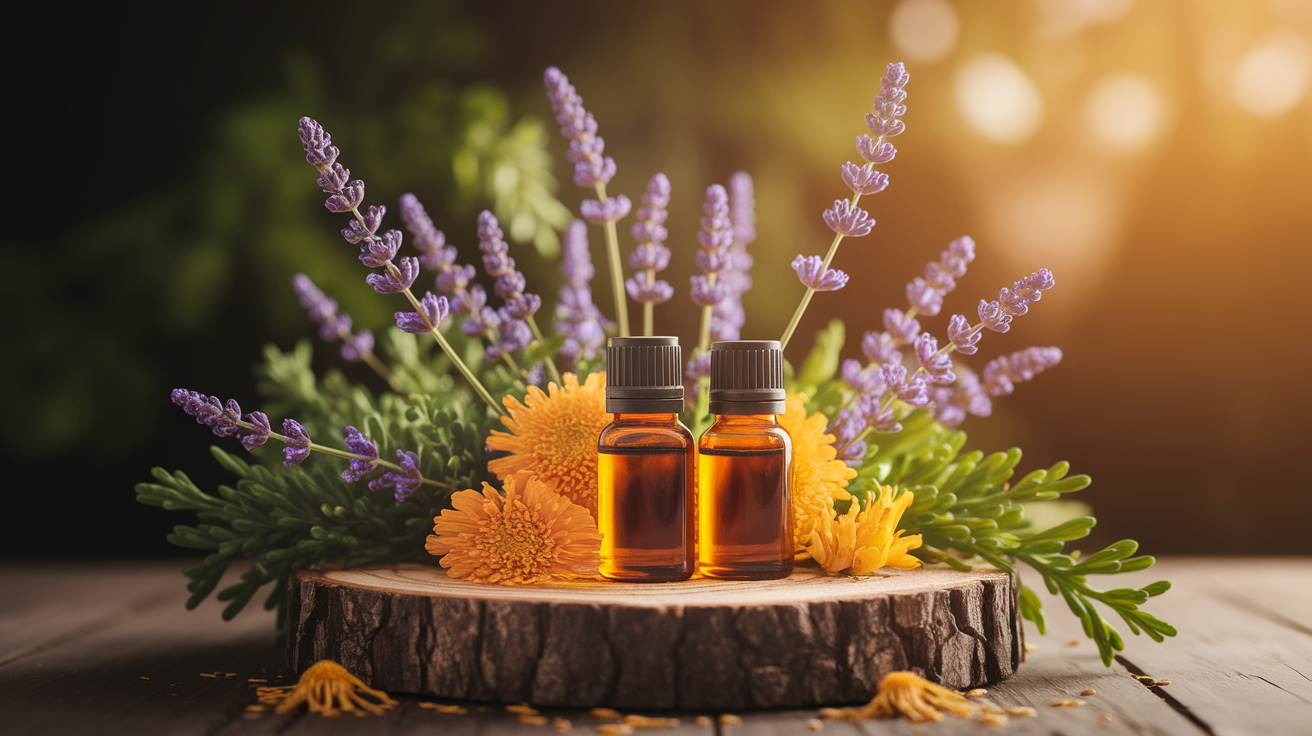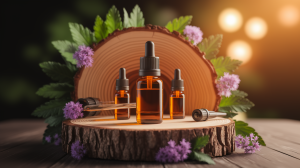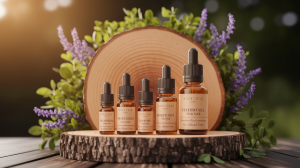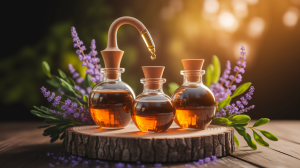Green at First Sight: Why Eco-Friendly Essential Oil Packaging Matters
There’s something magical about holding a little bottle of essential oil in your hand—the weight, the color shimmer when light catches it, even that faint herbal scent that sneaks through. But here’s the part that made my eyes go wide: realizing how much the packaging itself tells a story. Good packaging doesn’t just protect the precious oil inside; it can silently declare, “I’m kind to the earth.” Eco-conscious design means fewer harmful materials tossed into the environment, a smaller carbon footprint, and more trust from people who want their wellness rituals to reflect their values.
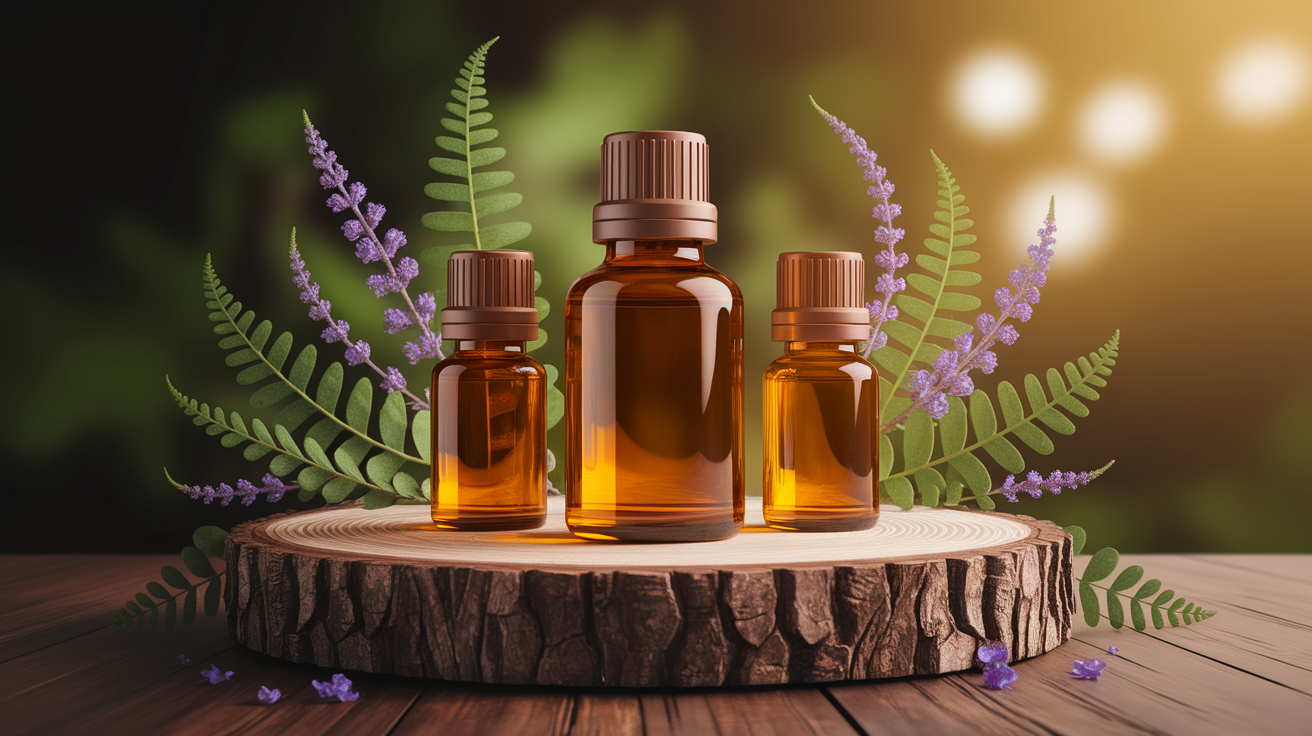
Because essential oils are so concentrated, they demand tough, non-reactive, light-blocking containers. That’s why you’ll often see amber or cobalt-blue glass—it shields the oils from degrading sunlight and keeps them potent. Sustainable packaging isn’t just a trend—it’s a necessity for anyone who wants these natural treasures to stay pure and fresh without harming the planet in the process.
Choosing the Right Primary Packaging Material
For the main container—the one holding the actual oil—glass is still the gold standard. It’s recyclable, chemically inert, and when made from post-consumer recycled (PCR) glass, it becomes an even stronger part of the green packaging movement. Amber glass bottles bring that extra level of protection by blocking UV rays, while cobalt-blue glass offers a similar defense with a dash of style.
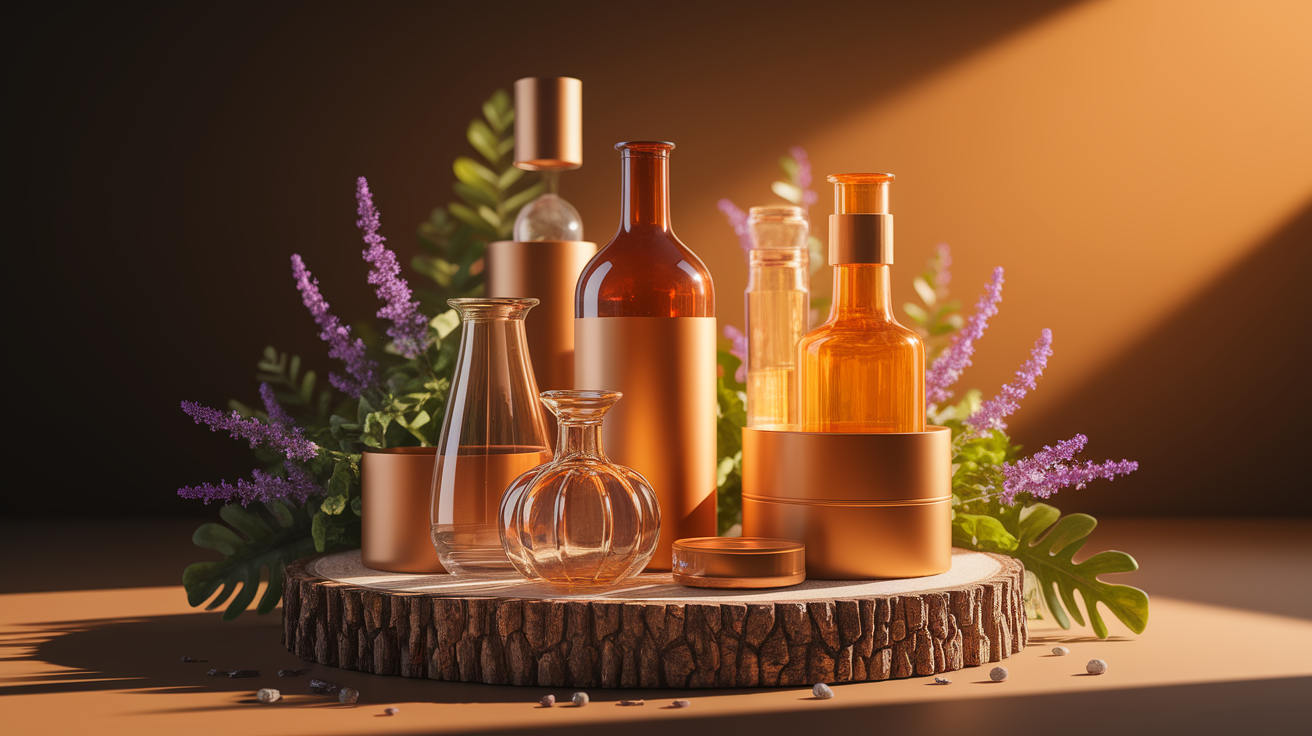
Then there’s aluminium. Sleek, lightweight, recyclable, and with a knack for sealing out both light and air, aluminium bottles and canisters add a modern twist to traditional presentation. You can dig deeper into materials like PCR glass and aluminium over at this material guide, which unfolds all the fascinating science behind eco-conscious essential oil packaging.
Sustainable Outer Packaging Solutions
Outer packaging is where creativity can really shine while staying eco-responsible. Biodegradable cartons, seed paper boxes, mushroom-based packaging—all of these invite the consumer to be part of a green cycle. Seed paper? You can plant it and watch wildflowers bloom. Mushroom packaging breaks down naturally without a trace. Even sturdy kraft paper or recycled cardboard tubes, like those described in this resource on paper tube packaging, give you protection that’s compostable or recyclable with loads of customization options.
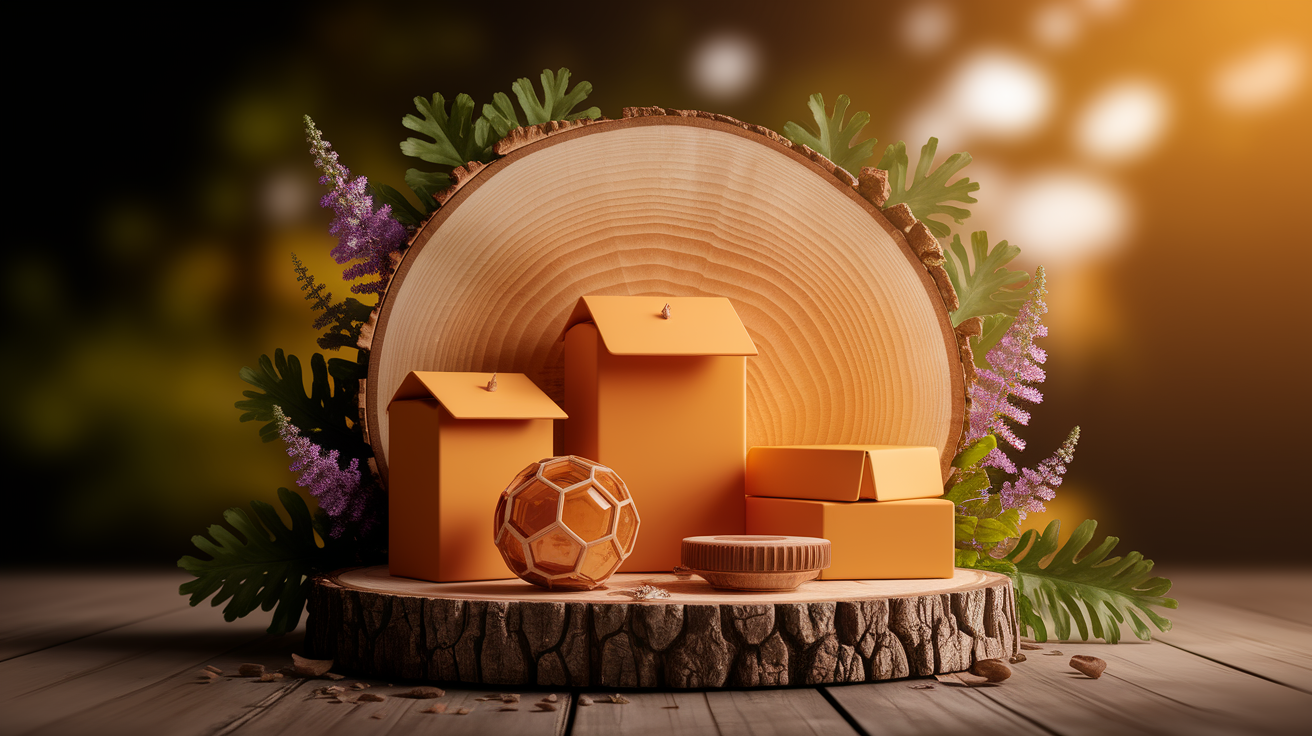
The key is to match the outer layer’s personality to the eco-conscious beauty within. Every part of the presentation becomes a statement about renewable materials and respect for the earth.
Design Strategies to Minimize Waste and Enhance Usability
Here’s where things get fun—thinking beyond just “sustainable” and diving into how people actually use the product. Cylindrical paper tubes with molded pulp inserts perfectly cradle glass bottles, making them easy to carry and open while ensuring they don’t break. Soy-based inks mean the packaging is safe to recycle or compost without leaving chemical residues. And those minimalist designs that skip excess layers? They feel fresh to hold and align with a zero waste mindset.
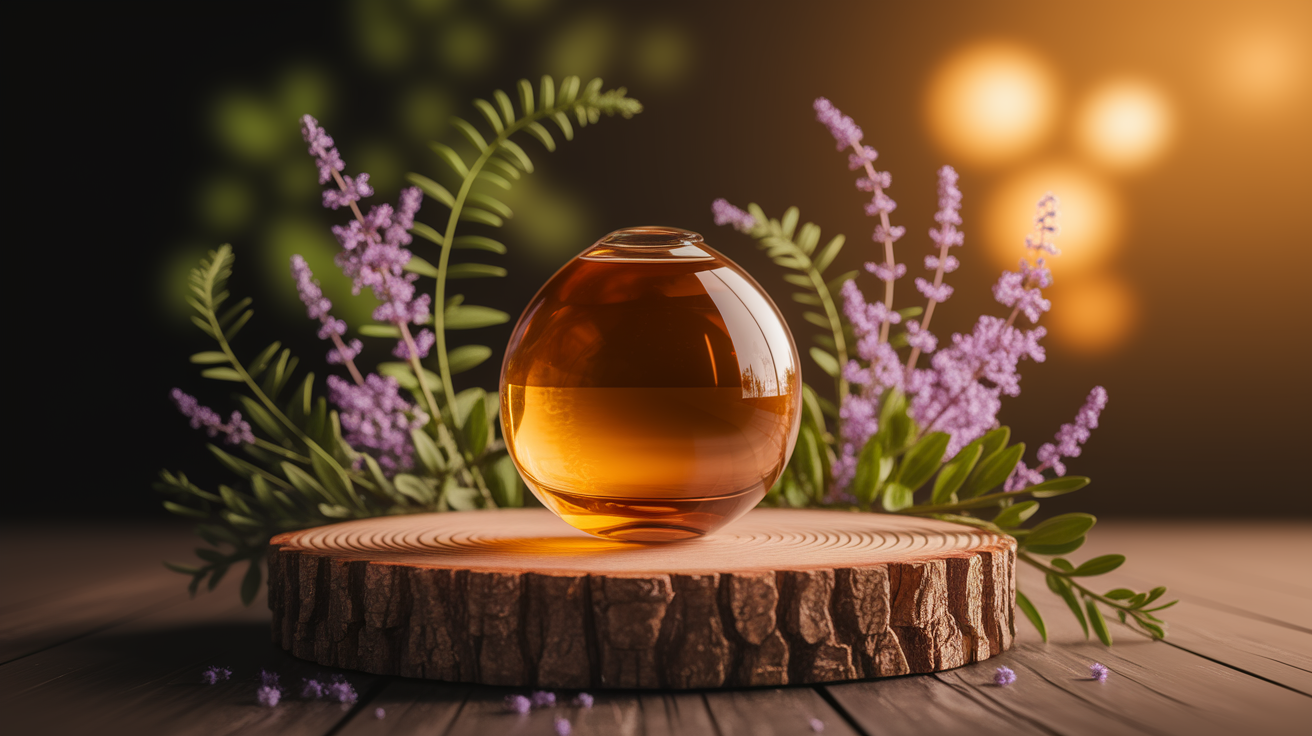
On-demand printing, embossing, and foil stamping can all be done on eco-friendly paper tubes or folding cartons, keeping the look gorgeous and the production process green. Plus, refillable bottles and compostable labels mean users don’t just toss a container—they give it a second life.
Brands Leading the Way in Eco-Friendly Packaging
Some companies are already knocking it out of the park. Rocky Mountain Oils shifted from plastic to 100% recycled paper tubes—talk about walking the talk. Then there’s Frisky Fish, with custom packaging that’s playful yet completely mindful of environmental impact. Both tapped into solutions that prove you can marry strong protection with sustainable aesthetics, creating distinctive identities that resonate in a crowded aromatherapy market.
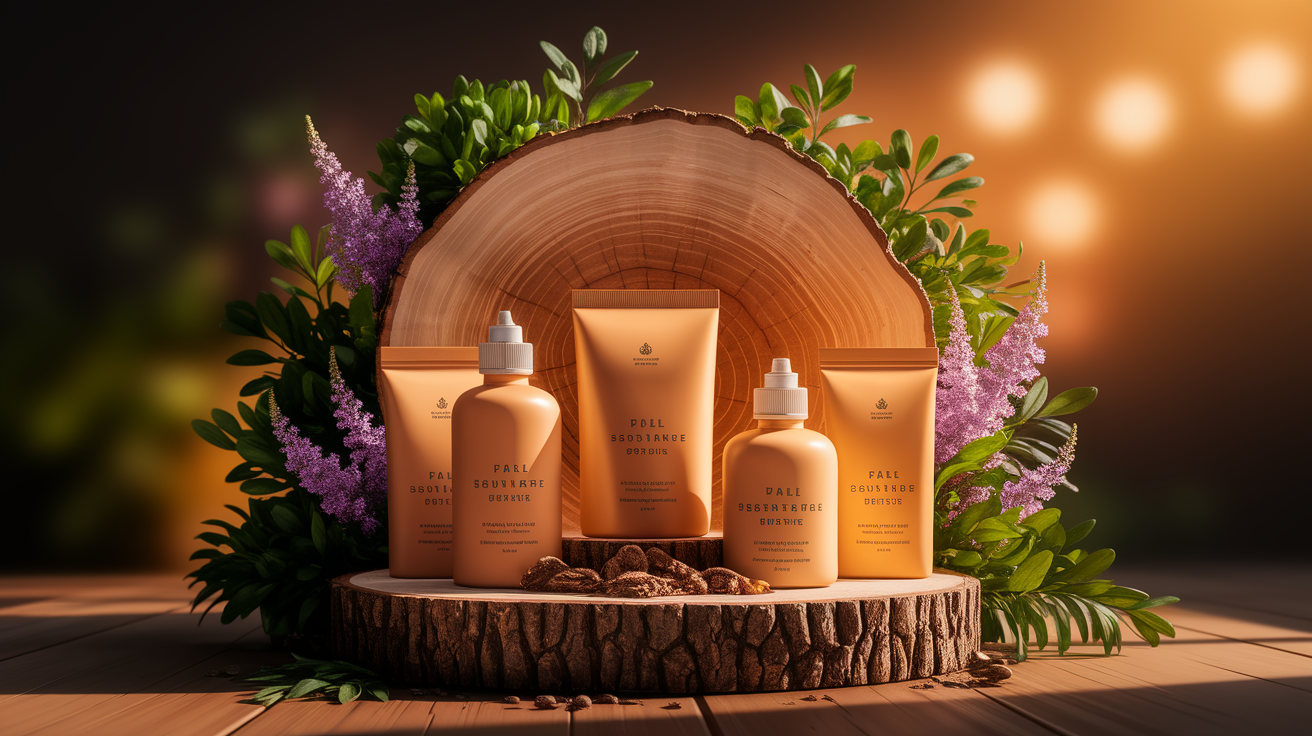
Their success stories show that a commitment to plastic-free packaging and renewable materials pays off—in loyal customers, in storytelling power, and in the satisfaction of knowing the environmental impact really matters.
Closing the Loop: Embracing a Greener Future for Essential Oils
When every drop inside a bottle has been carefully distilled from plant life, it feels wrong to wrap it in something careless. Sustainable packaging extends the purity and care of the oil into its outer shell, letting both wearer and maker share a bond of respect for nature. From recyclable glass bottles to biodegradable cork stoppers, every choice nudges the industry toward a truly green supply chain.
And here’s the lively part—each eco-conscious decision sparks new possibilities. Compostable labels that tell a tiny seed-to-scent story. Minimal packaging design that delights with simplicity. Renewable materials that carry the quiet thrill of knowing nothing will linger in a landfill for centuries. The loop only closes when these products leave your shelf, enter someone’s daily ritual, and return to the earth gracefully, just as nature intended.

